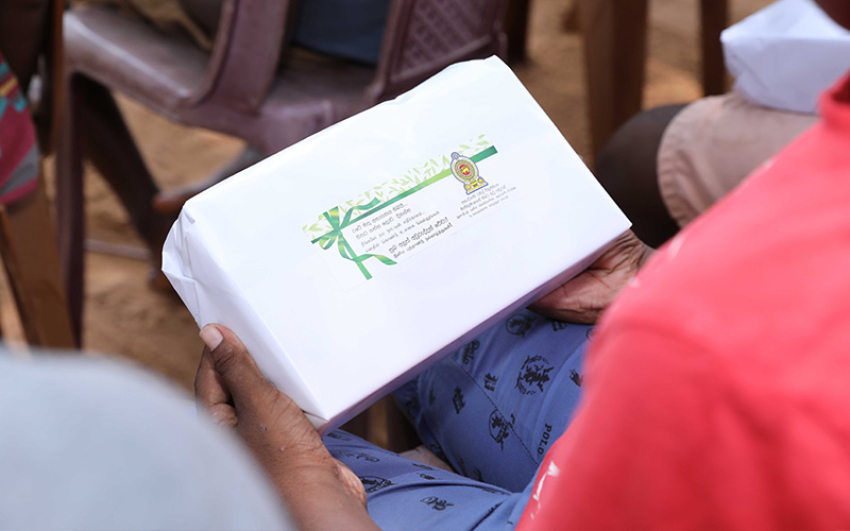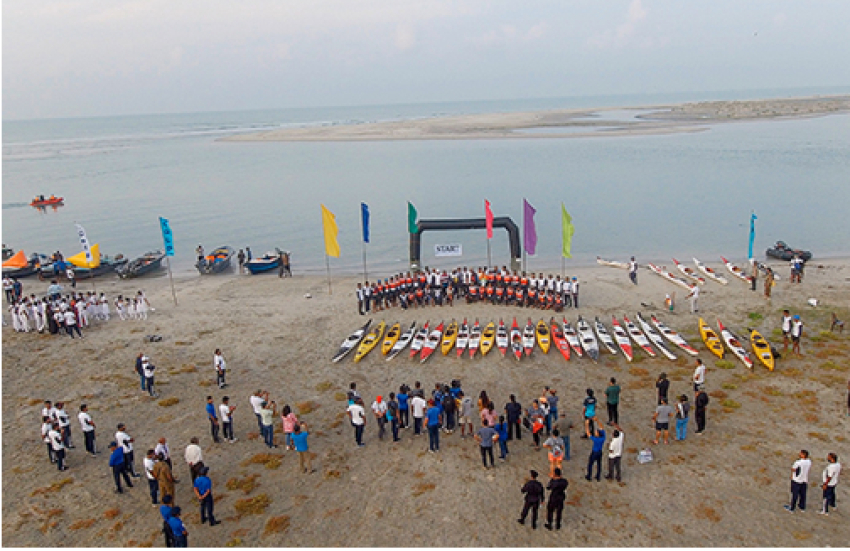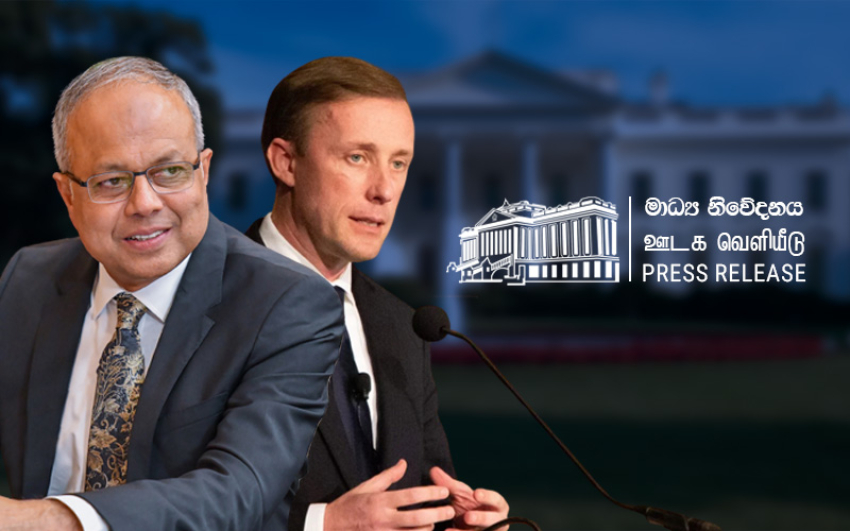Adding that economic growth rates in excess of 10 percent per year would be needed in all South Asian countries, the report observed; “These rates are implausibly high, implying that rapid growth alone will not be enough. If South Asian countries are serious about increasing employment rates, more jobs will need to be created for every percentage point of growth”.
World Bank Chief Economist for South Asia Martin Rama in an introductory video to the report said, “South Asia is again the fastest growing region in the world after a period of slow down mainly driven by India. The region is bouncing back and is now ahead of the other traditionally fast growing East Asia and Pacific”.
However, he pointed out that the exports in the region remain very weak despite the recovering of global economy. The question is whether this kind of growth that the region is having will be enough to create jobs for all these young people who are reaching working age and aspiring to enter the workforce. The South Asian countries have been creating large numbers of jobs, but concern is what kind of jobs.
We do not see enough people moving out of agriculture into manufacturing and services. We see relatively few jobs with regular wages and we don’t see enough women,” he explained.The analysis of the report shows that rapid growth alone will not be sufficient to bring South Asian employment rates to the levels observed elsewhere in the developing world. “In addition to high growth, more and better jobs need to be created for every percentage point of growth” the report said.
With reference to Sri Lanka, the report stated that the country’s improvement in its macroeconomic performance in 2017 was masked by inclement weather. “Expediting reforms to promote competitiveness, governance and continued fiscal consolidation are critical for sustained growth and development. Nevertheless, the challenging political environment has already slowed the pace of the reform agenda and remains the key risk to a favorable medium-term outlook,” the report analyzed.
“Perhaps more disturbingly, the growth in regular wage employment has been extremely modest across the region. Regular wage jobs are generally seen as better jobs, compared to farming, self-employment or casual work,” the report added.The report also highlighted that the share of public sector employment increased substantially during the period from 2005-2015 in Sri Lanka. “In Sri Lanka, public employment is relatively high when compared to Pakistan, India and Bangladesh,” it added.




















